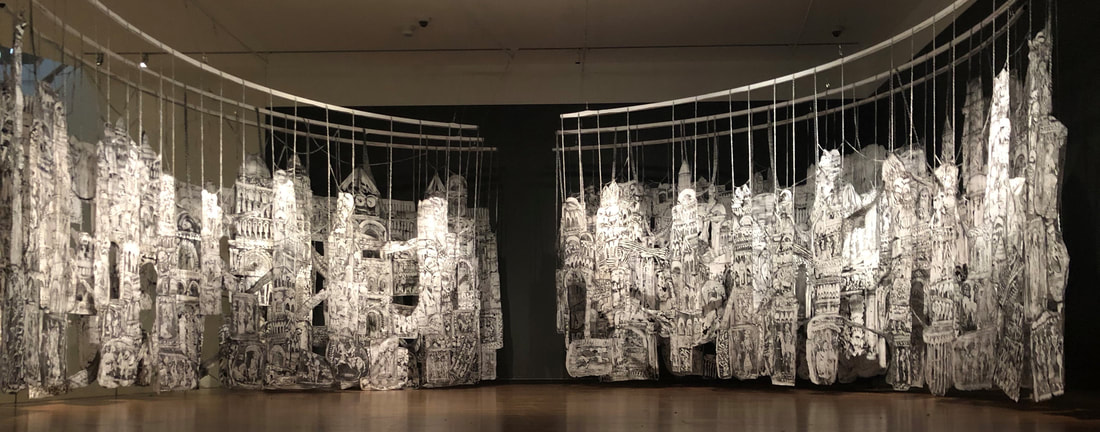 The Initiative in Holocaust, Genocide, Memory Studies invited Kevork Mourad to visit campus in April 2020, but regrettably, we had to postpone when all campus events were cancelled due to the outbreak of Covid-19. Kevork is a Syrian-born, New York-based Armenian artist who works both in 2D and 3D. He produces large-scale installations, ink drawings, illustrations for animated films, live-action sketches to music, and mixed media pieces for visual performances. An overview of images from Mourad’s diverse portfolio can be found on his website: https://www.kevorkmourad.com/ Helen Makhdoumian, HGMS and English graduate student and the mover and shaker behind our annual Armenian studies events and genocide commemorations, had met Kevork and greatly admired his diverse and moving work; we were utterly thrilled both that he graciously accepted our invitation and that we received generous support from MillerComm, Spurlock, IPRH, CWL, English, Fine Arts, Jewish Studies, and REEEC to bring him to campus and to Chicago for a multi-part visit. The wonderful director of the Spurlock Museum, Elizabeth Sutton, was delighted to host an on-site installation and exhibition of Kevork’s work and we had put out a call for art students to volunteer to help set up the exhibit. In addition to a major talk at the Spurlock Museum’s Knight Auditorium entitled “Conceptualizing Migration, Memory, and Place through Art,” Kevork was to have given an HGMS faculty seminar series workshop and a lecture in Chicago at the Illini Center. All of this has now been postponed until next spring so please mark your calendars for Kevork’s talk at the Spurlock at 7pm on 21 April 2021. During the pandemic, I conducted an online interview with Kevork in May 2020: BK: Starting with the pandemic in which the whole world is currently embroiled, you made a series of videos that are very moving and very timely while in quarantine. One of them, “Social Distancing,” features a series of beautifully drawn people socializing at a café who sort of float away from each other as social distancing makes our former physical proximities impossible. Can you talk about that piece? [Links to the videos can be found at the bottom of the page]: KM: That video was my first quarantine piece. While all of us have been forced to live in quarantine and in some ways have been having similar experiences, some groups have felt the consequences of this quarantine more strongly and immediately than others (those who are in the arts, for example), which is why I have the musicians end up the last ones in the frame, playing alone in an empty café. BK: More than most visual artists, your work incorporates music—especially cello—but other musical instruments and genres as well. Can you talk about how you see the connections between the visual and the musical in your pieces? KM: I come from an illustration background (one of my degrees is in illustration) and my grandfather was a troubadour in the Kurdish part of Syria near the border with Turkey. With time I realized that to illustrate music was something natural to me and organic to my work, and I treated my drawing tool like a sort of bow hitting on strings. I’ve often felt like the gestures of my drawing directly translate the rhythms of the music. With this quarantine series, I’ve been treating the videos like visual poems related to the present and inspired by the emotions I receive from the music. Regardless if the music is cello, percussion, bandoneon or duduk, I receive the emotions and feel compelled to put them into the visual dimension. BK: It feels as though part of your artistic practice very consciously involves collaborative projects such as the site-specific installation you were scheduled to produce with art students here at the Spurlock Museum and which has now been delayed until April 2021. Can you talk about the importance of both creating work in a space for a space and also of working in conjunction with other (emerging) artists? KM: For my installation pieces, I have the idea of what the piece is about, but the space in which the installation will be created dictates, by virtue of the size and layout of the room, how the piece will be viewed exactly—from which angles, from what height. And this in turn affects the creation of the piece because in order for the piece to translate the ideas well, I need to know exactly how it will be physically experienced. My installation pieces are large endeavors and would take months to create if I were alone, so having a team of young artists to help in the technical aspects of the creation is essential, but I also received so much energy from the exchange of ideas I experience with other artists. I openly share with them my techniques but also enjoy the inspiration I get from their sharing their own works with me. BK: Much of your work revolves around the traumas of displacement and the Armenian Genocide. And yet so many of your images are of homes, villages, abodes, often very closely stacked together and very imaginatively configured. Is that a way of registering the importance of the very thing which so many people living in exile find hardest to secure? KM: I think that many people in exile seek a sense of community, which can be hard in our societies. I grew up in Aleppo in which we did grow up in spaces where we felt like we lived on top of each other, many faiths together, families and communities stacked up in a city that is full of the history of centuries of all these people living together. My art, in which I recall the architecture and the energy of the city I grew up in, celebrates and is nostalgic for the idea of this multiculturalism and tolerance that is today so easily forgotten or erased. BK: How do the large scale, global, refugee crises impact your work and compare with the experience of Syrian refugees from the civil war? KM: I myself am the son and descendant of refugees. Wherever refugees go they try to bring with them and recreate some of the beauty that they left behind. I am indebted to the heritage and the strength of my ancestors and of the Syrian people who welcomed them and allowed them to thrive in a new place. I can’t speak to the exact experience of Syrian refugees today since I am fortunate not to have suffered what they have, but my heart and therefore my art is full of the courage they have shown. BK: In addition to beautiful, still drawings you make videos. Can you talk about what it feels like to work in so many media and how you perceive the differences between them? KM: Growing up, I felt like you were expected to choose a box and stay within it; you were not encouraged to cross media. Here in New York, in this time, I have discovered that working in different media has been essential to me be able to use whatever tools seem most fitted to the project at hand, the message I need to get across. No matter the medium in which I’m working, I am playing with similar ideas of time and linearity, even while exploring whatever theme the individual pieces address. BK: What has it been like to be in New York City during this pandemic? KM: It has been a curse and a blessing to be in New York at this time. It’s a hub of creativity and it has been devastating to see things so quiet and to know how much suffering is around us. At the same time, the energy of this place is always with us and I feel like more than ever I have a duty to speak up through my art and show that art is always essential. We need the ideas and hope to inspire us forward, even in the midst of a time that feels like it’s about basic survival. Kevork’s videos made during the pandemic: https://vimeo.com/407827624 https://vimeo.com/410025400 https://vimeo.com/399894511 https://vimeo.com/406646654 https://vimeo.com/39826521
0 Comments
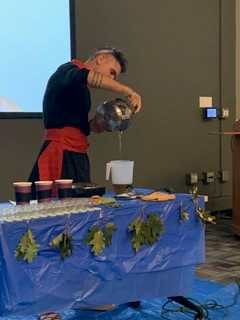 Ethan Madarieta, newly minted Ph.D. in HGMS and Comparative and World Literature, performed his second memory performance piece at the Levis Center on 23 September, 2019. The multimedia performance contained video, music, spoken word, and cooking and evoked memories of “grandma’s medicine,” a mysterious but alimentary substance which we audience members were offered as gifts at the close of the remarkable evening. ~ Brett Ashley Kaplan "Iraganeko Zuloa | Grandma's Medicine" In euskara (the Basque language) zuloa means "hole" but also signifies "cave" - a locus of sustained connection to pre-Colonial Basque culture and history. It also signifies the "holes" where Basque separatists (ETA) detained state hostages for the sake of territorial negotiations. "Iraganeko Zuloa" is a memorial palimpsest from the cave of the past that sustains ways of indigenous knowing and doing through memory. It is a performance of memory that draws together the story of my great grandmother's salve that my family calls amumaren medikunza (grandma's medicine). In Basque mythology it is said "the bees know when the master dies." The bees live at the interstice of our world and the next, offering passage to the afterlife. The "master" refers to the master of the farmhouse, or baserri. "Master" also refers to Basque involvement in the colonization of the Americas. In "Iraganeko Zuloa" I make a play on the death of the master by inserting myself in three positions of "mastery": the baserri jauna (master of the farm), the colonizer, and myself in the present. The performance is in two parts: the video with music and incantations overdubbed, and the final performance where the video is projected over me while I make "grandma's medicine," tell stories of my childhood involving the medicine, and then jar the medicine to be handed out to each member of the audience. The video: Through 38 minutes I am submerged in five gallons of honey, poured from an invisible source above, which slowly begins to suffocate me as it fills my nose and mouth. A txalaparta (Basque percussive instrument) improvisation plays throughout, becoming more and more complex and frenetic. Two repeated "prayers" break through the percussion and tell the story of my family entwined with Basque mythology as recovered by Jose Miguel Barandiaran Aierbe. The live performance: For 38 minutes the video and audio play while I make grandma's medicine on a prepared table with: hotplate, oak leaves (Gernikako areola - symbol of the origins of Basque democracy), small medicine jars, a pitcher, a towel, and three cups full of pine resin, olive oil, and bees wax respectively. I am dressed in oinkari (Basque dancers) regalia I inherited from my father. Between each pre-recorded incantation I tell an improvised story about my childhood experiences with grandma's medicine, its origins, and issues of ethnicity, whiteness, and memory. The end of the performance is marked by the five gallons of honey having been completely emptied over my body, entering my nose and exiting my mouth, eyes covered in honey and half-closed, hair matted against my forehead. The music becomes chaotic and distinct notes are indeterminable. I pour the medicine from the pot to the pitcher and fill each jar with the liquid. It immediately begins to become solid and by the time I am done filling all the jars I am able to distribute a jar of medicine to each audience member, whispering to them, "the memory is the medicine" and "the medicine is the memory." "Iraganeko Zuloa" is a ritual to kill the colonizer in my genealogy and in myself. It is a ritual to sever the historical trajectory of colonial violence through my own memorial path symbolized and embodied through the making of medicine and storytelling. Recognizing that my colonial inheritance will always mark me becomes the realization of the necessity for ongoing practices of critique that lay bare my inheritance of the logics of empire. ~ Ethan Madarieta, Ph.D. 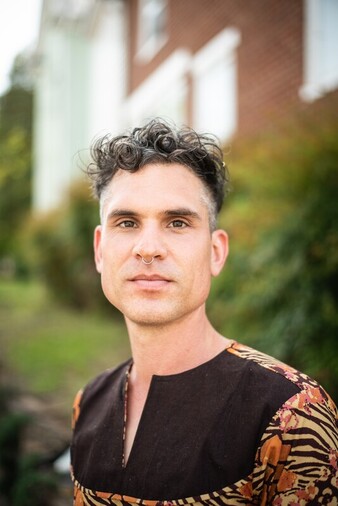 Comparative Literature and Holocaust, Genocide, Memory Studies graduate student Ethan Madarieta defended and deposited his dissertation, “The Practice Of Memory: Decolonial Resistance In Indigenous Chile And The Chilean Diaspora” in April, 2020. He has accepted a tenure-track position as Assistant Professor of English at SUNY New Paltz to begin in August 2020. Because I (Brett) taught the Comparative Literature Professionalization seminar in Spring 2020, Ethan joined the class (via zoom) to discuss his experiences with the students. Here are his tips for the job market. 1) Preparation Choose your dissertation committee wisely. Think both in terms of their specialized area of study and in terms of their cultural capital (I know, this is quite unfortunate). If you are in Memory Studies and have Brett on your committee, you’re in good shape! Don’t think so much in terms of who is your friend, but rather who will offer you the best feedback and direction. Don’t be discouraged! It is tough out there, but not impossible. I and most of my colleagues on the job market this year applied to between 50 and 100 jobs and postdocs. Of the eleven people I knew on the market this year (2020 – all in diverse fields from History, Anthropology/Archaeology, Black Studies, English, Sociology), two did not receive a job offer or postdoc. Keep organized. I highly recommend making an excel spreadsheet to keep your jobs and postdocs organized. I organized my list under the following categories: School, department & position w/ specialty (if applicable), application submission portal address & university web address & department web address, application requirements (e.g. CV, cover letter, teaching statement/philosophy, research statement, letters of rec, etc.), due date, city and state, response pending (I would mark with and XXX after I submitted it), feedback. Apply widely. Since you are in comp lit you can apply very widely! What are your languages? Apply to departments in each (that you can speak). Is a major lens of your project gender? Apply to GWS departments! Is your project focused on visual arts in literature? Apply to Art History departments. You never know! Just make sure to make a clear and compelling case for how your research and teaching will bring something great to an already great department. Talk to those on the market, who have been on the market and, if possible, professors who have been on, or are on hiring committees. Read articles on the market and application components in The Chronical for Higher Ed, The Professor Is In. If you are a person of color or part of an underrepresented group in academia, join the National Center for Faculty Development & Diversity. They’ll help keep you motivated and offer resources in the transition from student to faculty. At this point, you likely have at least one chapter in good shape and a few ideas you’ve worked on but that won’t fit into the dissertation. Think about taking an article-length section from the chapter or expanding the idea for publication. Rewrite, revise, cut and add to make it a publishable article. Try to publish at least one article in a recognizable journal in your major field by the time you are applying for jobs. On the other hand, I also know folks who didn’t have any publications and got excellent R1 jobs. Who knows! 2) The Skype/Zoom/WebEx interview & Campus Visit Prepare. Over prepare. Act like each interview is your last and only interview. It might be! Copy lists of interview questions from Higher Ed, MLA, and other academic sites and answer them all in writing and verbally. Have a few academic friends, preferably in different fields, interview you at least once before your actual interview. Have your committee or a few helpful faculty interview you. The actual interview will likely be via zoom/webex/skype, so do you practice interviews over these platforms. Think about how to most succinctly answer every question. You don’t want to have an answer that’s more that 3 minutes ever. Shoot for between 1 & 2 minute answers. Have a compelling and clear “elevator speech” that describes your research and maybe includes one critical intervention. No more than 3 minutes. Have the same well-crafted description of your teaching with specific examples of texts, syllabus structure, and pedagogical practice. No more than 3 minutes. Dress up in your power clothes. What makes you feel super good? Wear that. If you’re into wild clothes and accessories, consider toning it down a bit. Keep your style there but be considerate of traditional mores for academic professionals. Ask your trusted advisor for their opinion on aesthetic presentation. Same applies for the on-campus visit. Be your best self. Be your kind and thoughtful self. Be genuinely interested in them, in their work, in teaching. They’ve already read your work and have an idea of how and what you teach from your job materials. Now they’re looking for a colleague. Be the colleague they’re looking for by being the kind of person you would want as a colleague. Same applies for the on-campus visit. Practice your job talk like your life depends on it. Have it feel like it’s second nature, then make notes in the text where you need to “be excited,” “smile,” “breathe,” “take a drink of water,” “pause,” “look at audience thoughtfully,” “more energy!” etc. Make sure your PowerPoint is only filled with absolutely relevant slides. If you don’t talk about it in your presentation, don’t include it in the PP. Consider putting blank slides between content slides for when you are in transition from one topic to another. Practice your teaching demo like your life depends on it. Get a few people together and teach a lesson. Address the content using methods that are important to the department you are applying to. I taught my demo for the English department. They were hiring for someone that specialized in Latinx literature but could also teach their English lit survey course and graduate theory and methods courses. I used critical race theory, Latina/o studies, formalism, and post-structuralism to read a poem about ethnicity and racial subjection in the U.S. I asked things like, “what does this caesura tell us about the subject’s understanding of his ethnic identity?” and “how might we understand the author’s use of metaphor instead of simile in the first part of the poem and simile instead of metaphor in the second part?” This showed them that I could teach formal aspects of literature while also engaging with my specialization, Latinx literature. 3) You got the job! Don’t accept it right away! Talk to your committee and respond with a counter-offer. Work with your advisor on this process. |
Illinois Jewish Studieswww.facebook.com/IllinoisJewishStudies/The Initiative in Holocaust, Genocide, and Memory Studiesis an interdisciplinary program based at the University of Illinois at Urbana-Champaign. Founded in 2009 and located within the Program in Jewish Culture and Society, HGMS provides a platform for cutting-edge, comparative research, teaching, and public engagement related to genocide, trauma, and collective memory.
Archives
November 2022
Categories |
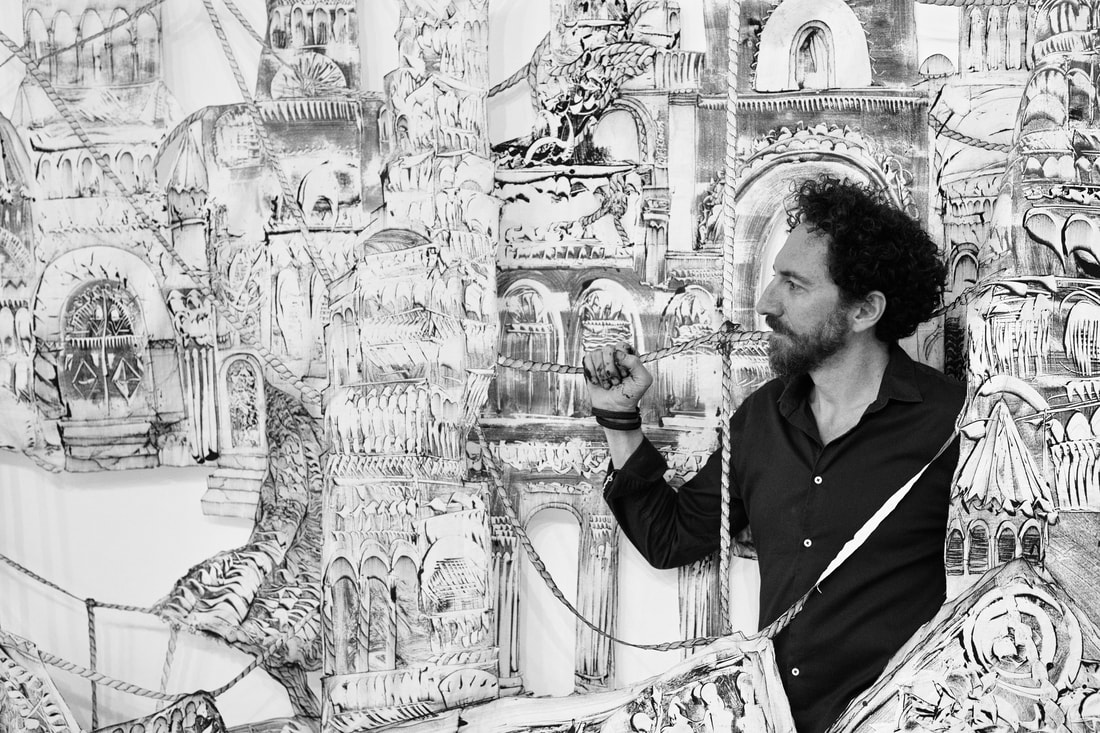
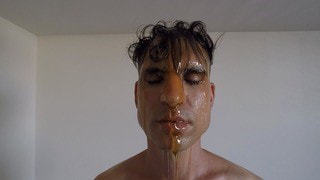
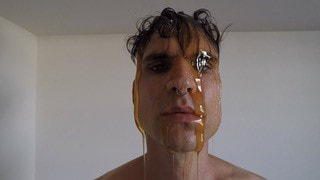
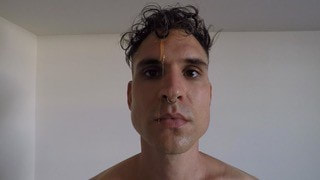
 RSS Feed
RSS Feed
